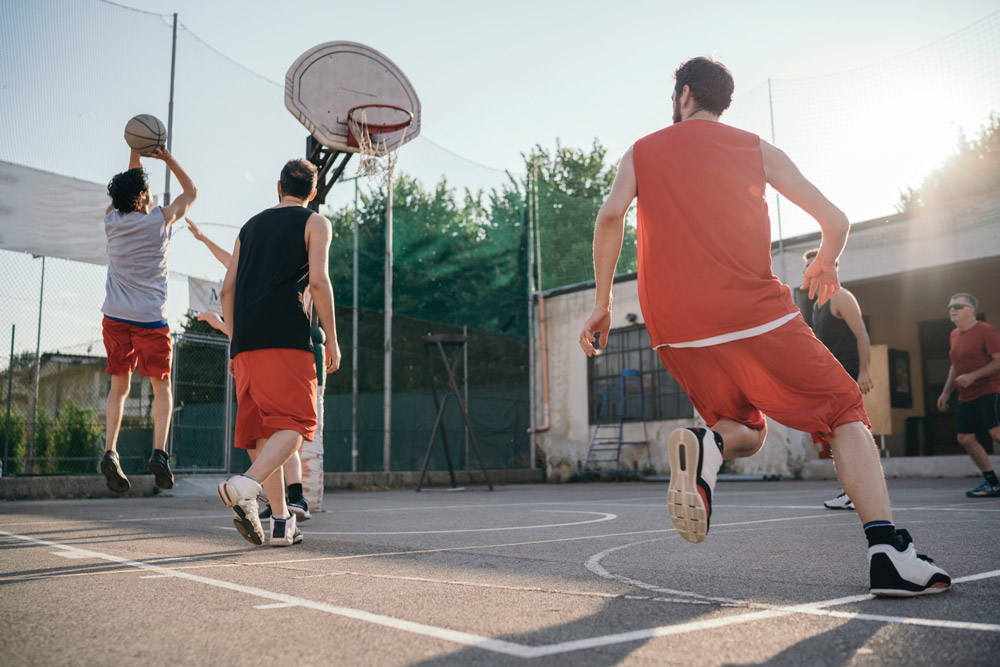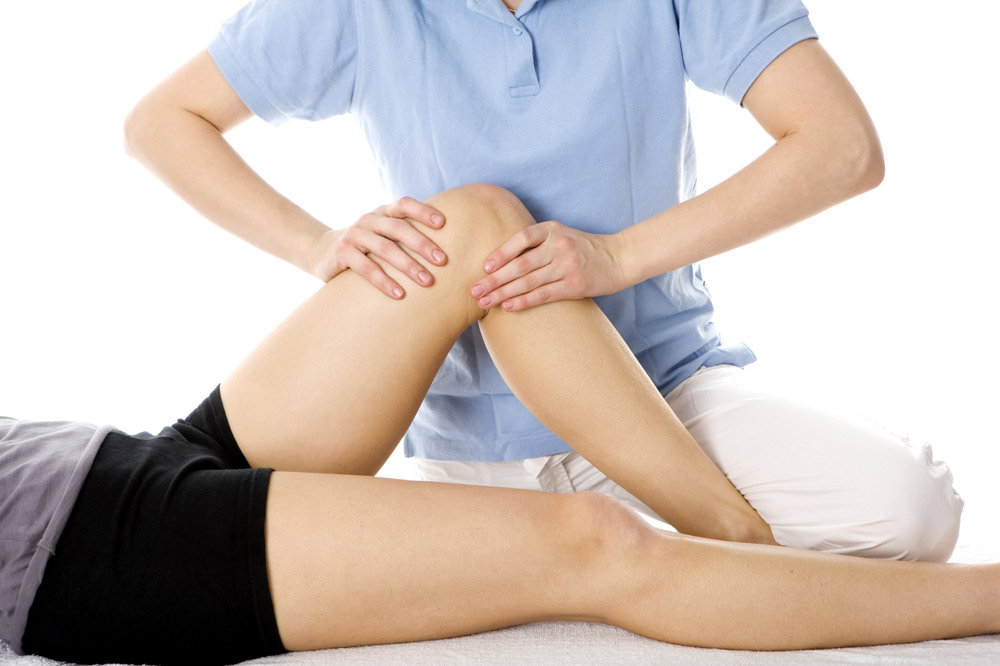Patellar tendinopathy (often incorrectly diagnosed as patellar tendinitis) is an overuse condition of the patellar tendon involving “microtrauma” of the tendon rather than inflammation of the tendon itself (hence the attack on the term tendinitis; “itis” implying inflammation).
This fact is based on recent histopathological, molecular and biochemical research into tendinopathy.
It’s called Jumper’s knee but the disorder isn’t just partial to basketball, volleyball players or ballet dancers.
Inflammation leads to swelling. A lack therefore, should mean that the person suffering with tendinopathy should not present with a swollen knee. However, this is not the case.

CHANGES THAT OCCUR IN TENDINOPATHIES
- In the early stages of tendinopathy (the reactive stage), the tendon responds to the increasing loads and there is an increase in cell numbers. In the later (degenerative) stage of tendinopathy, there is a reduction in cell numbers as cell death (apoptosis) occurs.
- There is a change in the ground substance within the tendon, a.k.a the proteoglycans (proteins with a large glucose-based chain). The change occurs when the major form of proteoglycans within the tendon changes (from decorin to aggrecan). This change causes water to bind to the tendon leading to swelling.
- There is a separation of collagen and gradually a loss of collagen leading to degeneration of the tendon.
- There are increased numbers of blood vessels and nerve fibres in the area which may be responsible for the increase in tendon pain.
The new outlook on tendinopathy is in the model of a continuum where the tendon disease follows stages. A tendon can go from healthy, to being reactive and in later stages degenerative. The prognosis is dependent on the stage of disease that you are at and the input that the tendon gains during rehabilitation.
While there is no strict protocol for the treatment of tendinopathies at present, rehabilitation usually begins with ‘relative’ rest, where all painful and aggravating activities are ceased, particularly the plyometric type (jumping, hopping and the like). This is followed by a few treatment options that have demonstrated moderate to considerable success rates.

TREATMENT OF PATELLA TENDON PAIN
The treatment options will often include deep friction massage to the tendon, eccentric exercises of the quads, strengthening about the hip and knee musculature, the use of ice and occasionally the prescription of a patellar brace.
Patella tendon treatment is often tailored to suit the age, activity level and stage of the disease of the patient.
The evidence suggests:
- The use of deep friction massage in tendinopathies as an adjunct to other modes of treatment appears to be effecting in reducing pain and fibrotic adhesions and hence promoting tendon healing (Joseph et.al 2012).
- Eccentric exercises in the form of squats on a decline board have proven to be effective at improving outcomes in tendinopathy. (Jonsson et al, 2005)
- Strengthening about the hip and pelvis (especially abductors, external rotators and extensors) may assist with patellofemoral pain. (Prins &Wurff, 2009).
With the evidence in mind and knowledge of the patient’s goals, an appropriate treatment plan can be devised by a physiotherapist. With a little patience and a great deal of commitment, the majority of tendinopathies recover.
However, maintenance is a vital part of ongoing management and a regular exercise and stretching routine is essential to prevent recurring pain.
If you are experiencing ongoing knee pain, book an appointment to see our experienced Physiotherapists. Book an appointment online or call us today on 07 3352 5116.

